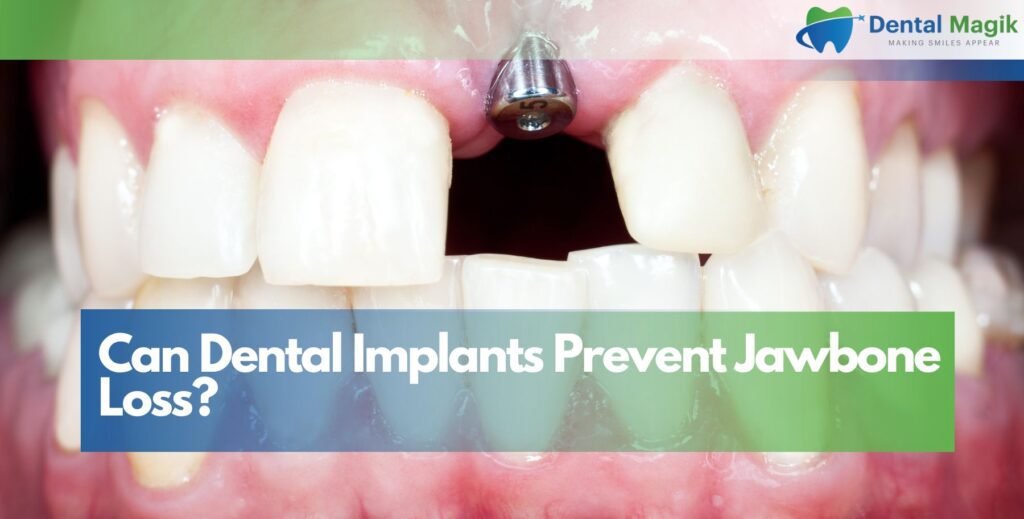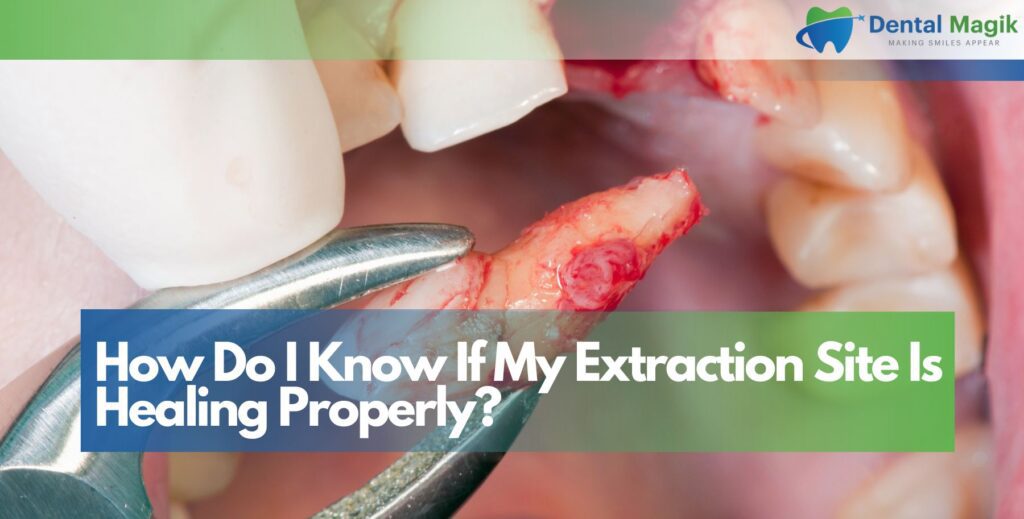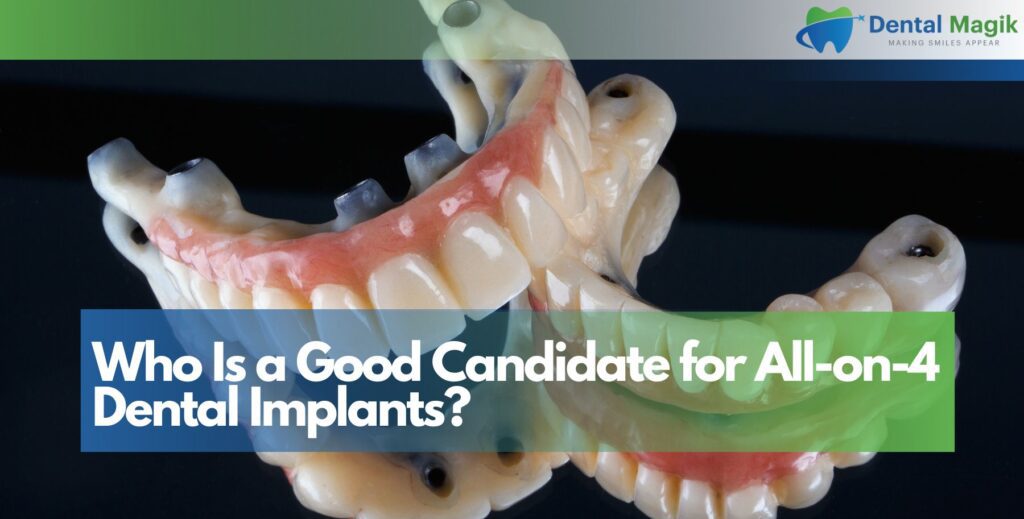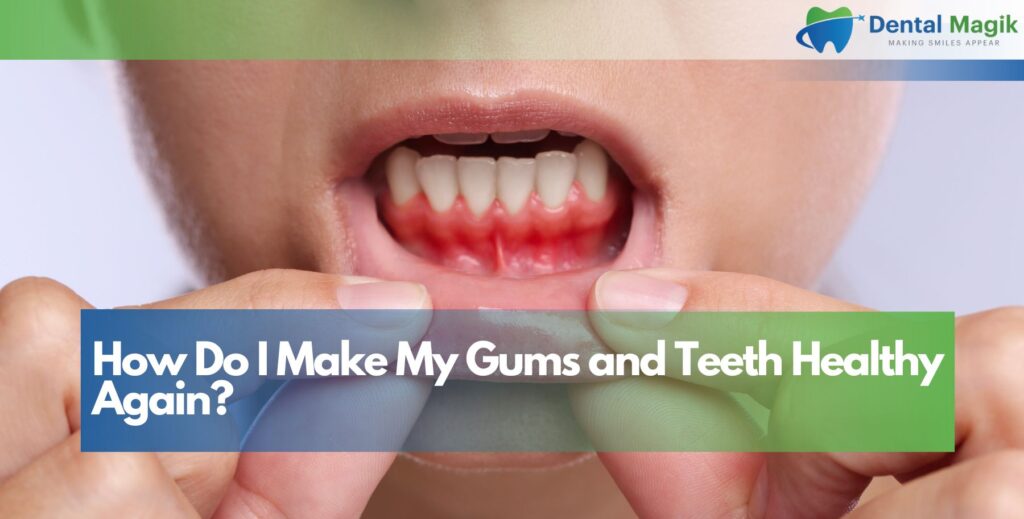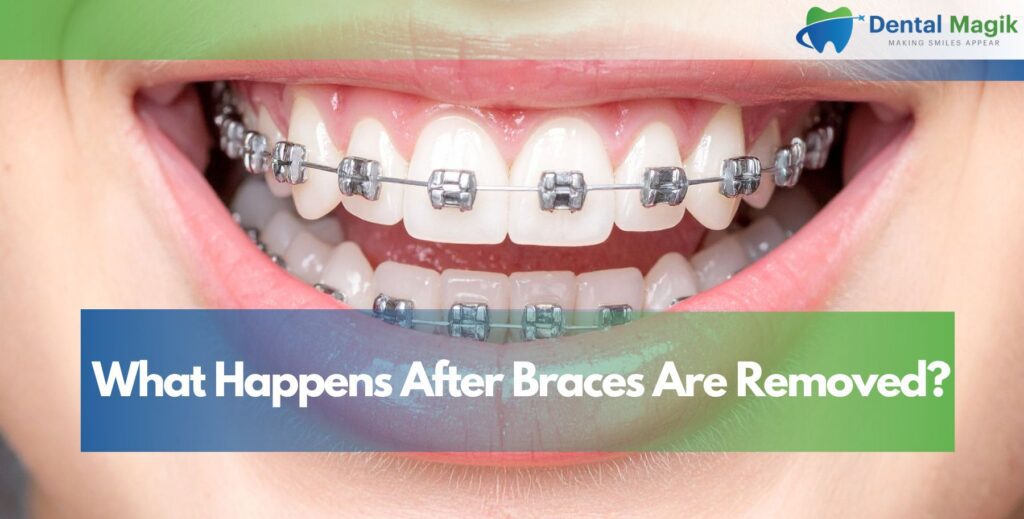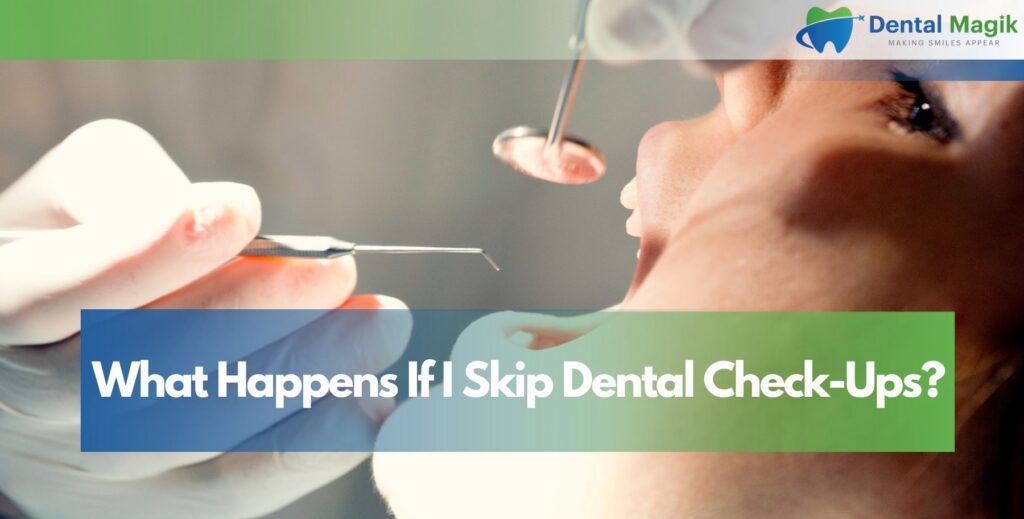Losing a tooth affects more than your smile—it impacts your oral health, your ability to chew, and even the shape of your face. When a tooth is gone, the jawbone beneath it begins to shrink over time, leading to a sunken facial appearance. Dental implants not only restore missing teeth but also help maintain and protect jawbone health.
Table of Contents
Understanding Jawbone Loss
When a natural tooth is lost, the bone that once supported it no longer receives the stimulation it needs. This causes the bone cells to break down gradually, a process called bone resorption. Without intervention, this can lead to thinning of the jaw, shifting of other teeth, and long-term changes to facial structure.
Why Bone Loss Happens
Each time you chew, the tooth root sends tiny vibrations through the bone, keeping it active and strong. When the tooth and its root are removed, the body interprets that area as unnecessary and reabsorbs the bone for use elsewhere. This process can begin within weeks of tooth loss.
Effects on Appearance and Oral Health
Bone loss doesn’t just affect aesthetics—it can make wearing dentures difficult and compromise surrounding teeth. As bone disappears, the lower face starts to collapse inward, creating wrinkles and a prematurely aged look. Over time, the loss of structure also weakens bite strength and jaw alignment.
How Dental Implants Work
Dental implants replace both the visible tooth and its root, creating a natural and stable foundation. The implant post—made of biocompatible titanium or zirconia—is surgically placed into the jaw, where it fuses with bone through a process called osseointegration. This forms a secure anchor for the replacement tooth.
Components of a Dental Implant
An implant consists of three parts:
- Implant post: Serves as the root replacement, integrated into the bone.
- Abutment: The connector that links the post to the visible crown.
- Crown: A custom-made, natural-looking tooth restoration attached to the abutment.
Together, these elements create a durable, functional replacement that acts and feels just like a natural tooth.
The Osseointegration Process
Osseointegration is what makes implants unique. Over several months, the surrounding bone tissue bonds tightly to the implant surface, making it a permanent part of your jaw. This secure fusion restores full chewing function and prevents further bone deterioration.
How Dental Implants Prevent Jawbone Loss
Dental implants are the only tooth replacement method that actively maintains bone density. By mimicking the natural root, they send signals to the jaw every time you chew, stimulating the bone to stay strong. This continuous stimulation prevents bone resorption and preserves the natural contour of your face.
Stimulation and Bone Regeneration
Just like natural roots, implants transfer pressure from biting and chewing into the bone, keeping it active. This ongoing activity encourages bone regeneration and prevents thinning. The more implants you have in place, the stronger your jawbone remains.
Long-Term Preservation of Facial Structure
Because implants preserve bone, they also maintain the natural shape of your face. Patients who choose implants early after tooth loss retain their jawline, lip support, and youthful appearance far longer than those who rely on removable dentures.
What Happens If You Delay Implant Placement
Delaying dental implant placement can result in rapid bone shrinkage. Within the first year after losing a tooth, up to a quarter of the surrounding bone can be reabsorbed. Waiting too long may require additional procedures like bone grafting to rebuild the lost structure before an implant can be placed.
Accelerated Bone Loss
Without the mechanical stimulation that comes from a tooth root or implant, the bone deteriorates more quickly. This can make later implant placement more complex and costly.
Facial Collapse and Shifting Teeth
As bone loss progresses, neighboring teeth may tilt or shift into the empty space, altering bite alignment and facial proportions. Replacing missing teeth early stops this chain reaction and keeps your smile stable.
The Ideal Candidates for Dental Implants
Ideal candidates for dental implants are adults who have lost one or more teeth but still have good general health and healthy gums. They should have enough jawbone density to support the implant post or be suitable for bone grafting if needed.
People with Good Oral Health
Healthy gums are crucial for implant success. Candidates should be free from gum disease, which can weaken the surrounding tissue and compromise stability.
Non-Smokers or Those Willing to Quit
Smoking restricts blood flow, delaying healing and increasing implant failure risk. People who quit smoking before and after surgery have much higher success rates.
The Process of Getting Dental Implants
The implant process takes several stages but results in a strong, permanent restoration. It begins with an initial consultation and evaluation, followed by surgical placement of the implant post, healing time for bone integration, and the final placement of a custom crown.
Step 1: Consultation and Planning
Your dentist conducts a full examination, including X-rays and 3D scans, to assess bone quality and structure. A customized treatment plan is created to ensure ideal placement.
Step 2: Implant Placement and Healing
The titanium post is inserted into the bone under local anesthesia. Over several months, osseointegration occurs, creating a secure foundation for the crown.
The Role of Bone Grafting in Implant Success
When bone loss is too advanced, grafting rebuilds the structure needed to hold an implant securely. This additional step ensures the implant can integrate fully with sufficient support.
Types of Bone Grafts
Grafts may use bone from your own body, donor material, or synthetic substances designed to encourage bone growth. Your dentist chooses the method that best suits your condition.
Healing and Preparation
Bone grafts typically heal within three to six months, creating a stable base for future implant placement. This process restores strength and volume to the jawbone.
Benefits of Dental Implants Beyond Bone Health
Dental implants do much more than preserve jawbone—they also restore confidence, improve speech, and allow you to enjoy your favorite foods again. They provide a permanent, natural-looking solution that enhances both oral health and appearance.
Improved Function and Stability
Implants allow you to bite and chew normally, without worrying about slipping or discomfort, unlike dentures. They also distribute pressure evenly, reducing wear on surrounding teeth.
Natural Appearance and Comfort
Because implants integrate with your bone, they look and feel just like natural teeth. This seamless blend boosts confidence and eliminates the embarrassment often associated with removable replacements.
Caring for Dental Implants
Proper care ensures your implants last for decades. Regular brushing, flossing, and professional cleanings are essential. Although implants cannot decay, the surrounding gums and bone still require care to stay healthy and infection-free.
Daily Oral Hygiene
Use a soft-bristled brush and non-abrasive toothpaste. Clean around the implant base carefully to remove plaque and food debris.
Regular Checkups
Visit your dentist every six months for routine exams. These visits help detect early issues like gum inflammation or bone loss before they progress.
Comparing Dental Implants with Other Tooth Replacement Options
Dental implants offer the most complete and lasting replacement compared to bridges and dentures. While bridges only restore the visible tooth and dentures rest on gums, implants replace both the root and the crown, providing strength, stability, and bone protection.
Implants vs. Dentures
Dentures can become loose as bone shrinks over time. Implants, on the other hand, preserve bone, providing a permanent and secure solution without adhesives.
Implants vs. Bridges
Bridges require grinding down neighboring teeth for support. Implants leave adjacent teeth untouched, promoting better long-term oral health.
The Long-Term Impact of Dental Implants on Jawbone Health
Over time, implants help maintain bone density and prevent further deterioration. They support facial structure, stabilize bite alignment, and protect surrounding teeth from shifting or loosening.
Maintaining Bone Strength
By transmitting pressure to the bone, implants ensure continuous remodeling and renewal of bone tissue, keeping it healthy for years.
Preventing Future Tooth Loss
A strong jawbone reduces the risk of losing nearby teeth, preserving the integrity of your entire smile.
Common Myths About Implants and Bone Loss
Several myths surround dental implants, especially regarding bone health. Some people believe implants cause damage or are too risky, but the opposite is true—they actively preserve bone and are safe for most adults with good oral health.
Myth: Implants Damage the Jawbone
In reality, implants strengthen the jawbone. Once integrated, they become part of the bone’s structure and prevent resorption.
Myth: Only Young People Can Get Implants
Age isn’t a barrier. As long as the patient is healthy and has enough bone, implants work successfully at any stage of life.
The Relationship Between Gum Health and Jawbone Preservation
Healthy gums are essential for maintaining implant stability and preventing bone loss. Gum infections, such as periodontitis, can erode supporting bone tissue, jeopardizing implant success.
Preventing Gum Disease
Brush and floss daily, use an antibacterial mouth rinse, and schedule regular cleanings to prevent gum inflammation.
Early Detection and Treatment
If you notice swelling or bleeding, see your dentist immediately. Early intervention helps prevent infection from spreading to the bone.
What to Expect After Dental Implant Placement
Recovery after dental implant surgery is typically smooth. Mild discomfort, swelling, or sensitivity can occur, but these symptoms fade within days. Most patients return to normal activities quickly while the bone continues to heal and integrate with the implant.
Follow-Up Appointments
Your dentist will monitor healing and check osseointegration through follow-up visits. This ensures the implant remains secure before the final crown is attached.
Long-Term Results
Once healed, implants function just like natural teeth, providing full strength and a confident, beautiful smile.
The Future of Dental Implants and Bone Regeneration
Implant technology continues to evolve rapidly. New materials, designs, and regenerative techniques make the procedure more efficient and accessible. The future of implants lies in faster healing and even greater integration with natural bone.
Advanced Materials and Designs
Modern implants use biocompatible surfaces that promote faster osseointegration. Some even release growth factors that stimulate natural bone repair.
Digital Implant Planning
3D imaging and digital guides help dentists plan precise placements, improving success rates and recovery times.
Psychological and Quality-of-Life Benefits
Beyond physical restoration, dental implants have powerful emotional benefits. They restore confidence, improve communication, and eliminate the embarrassment that comes with missing teeth or ill-fitting dentures.
Confidence and Self-Esteem
Patients often report smiling more freely and feeling more comfortable in social settings after getting implants.
Improved Nutrition and Comfort
Since implants function like real teeth, they allow you to enjoy a full diet—crunchy fruits, meats, and vegetables—supporting better overall health and well-being.
Conclusion
Yes, dental implants can prevent jawbone loss. They do more than fill gaps—they preserve your jaw’s natural strength, maintain facial structure, and protect against further deterioration. Implants are a long-term investment in both health and confidence.
If you’re considering implants or struggling with missing teeth, schedule a consultation with a trusted Dentist in East Brunswick, NJ to explore how implants can restore your smile and preserve your bone health for life.
Frequently Asked Questions
How do dental implants stop bone loss?
They replace missing roots, transmitting pressure to the jawbone and stimulating new bone growth, preventing resorption.
Can implants be placed years after tooth loss?
Yes, but you may need a bone graft first if the bone has already thinned. Early placement offers the best results.
Do dentures prevent bone loss?
No, dentures rest on the gums without stimulating the bone. Over time, this can accelerate bone shrinkage.
Is the implant procedure painful?
No. Local anesthesia ensures comfort, and most patients experience only mild soreness afterward.
How long do dental implants last?
With proper care, they can last a lifetime. Routine dental checkups and hygiene help maintain stability.
Can smokers get dental implants?
Yes, but smoking increases the risk of implant failure. Quitting before and after surgery greatly improves success rates.
How soon after extraction should implants be placed?
Ideally within a few months to preserve bone volume and avoid the need for grafting.
Do implants look natural?
Absolutely. The crown is custom-designed to match your natural teeth in shape and color, blending perfectly.
Are dental implants worth the cost?
Yes, because they’re permanent, comfortable, and prevent costly complications caused by bone loss and shifting teeth.
Can older adults get implants successfully?
Yes. As long as bone and gum health are good, age does not limit implant success.

